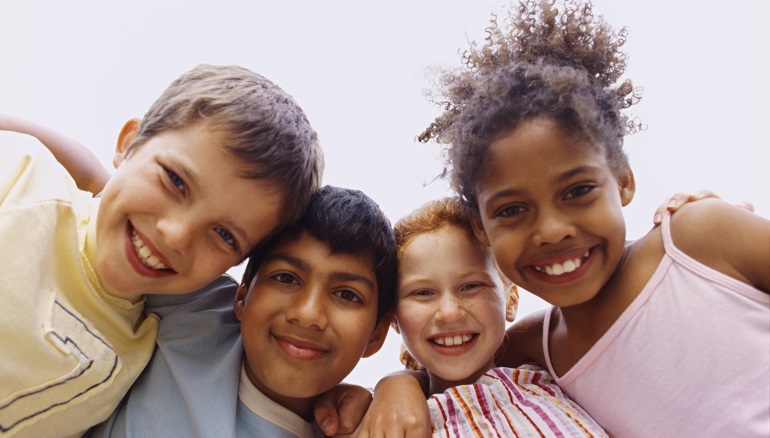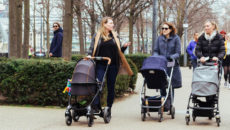Joining the Community
After we committed ourselves to our future child, a black son from Haiti, we felt we needed to connect to the black community in our area. So we began attending a church whose congregation is 95 percent African-American. Within a few months, we were making friends at the new church and learning important things about African-American culture.
Our son came home a year later, and by then the people at the church considered us family. We hug when we see each other in the grocery store. One of my close friends, a hair stylist, cuts my son’s hair, and showed me how to take care of it. We were invited to Christmas dinner, soul-food style, at the home of a lady from church.
The longer I attend, the more differences I find between my way of life as a white American and the way of life of the black Americans with whom I worship–everything from food preferences to childhood games. And the more cultural differences of which I become aware, the more convinced I am that this is where our family belongs every Sunday morning.
–Angia Macomber
Learning The Language
Before we even adopted, I bought tapes to learn Russian so I could talk to and bond with my kids right away. When they came home, I taught them English, but I still talk to them in Russian every day. I want to keep Russian in their ears so they can relearn it later. We talk often about Russian history and current events. We kept the kids’ Russian first names, and they call my parents Babushka and Dedushka and their aunts and uncles tyotya and dyedye.
–Nella Yelenovic
Studying the Arts
My wife and I are white and our daughter is African-American. We decided that if we expect a child of a different race to live in our predominantly white community, we need to do everything we can to be involved in the black community. Since were unable to move to a more diverse area, we try to include our daughter’s culture in everyday life through books, magazines, music, and art.
–Steve Pederson
Sharing it With Others
My daughter and I have read a number of books on Guatemala and her heritage. When her day-care has cultural events, we celebrate Guatemala: We bring in crafts, maps, food, and pictures from the country that my daughter can share with her friends and teachers. We also have play dates and parties with other adoptive families with children from Guatemala. And since my daughters arrival, we celebrate Three Kings Day in our family.
–Pat Barbieri
Creating Family traditions
Our adoption agency invites us to an annual Christmas party at the Russian Embassy in Washington, D.C., which showcases Russian dance, music, and theater. It is attended by adoptive families, as well as embassy employees and their families.
I feel that we have struck a good balance–we give official recognition to her adoption in May by celebrating her Gotcha Day, in November we participate in National Adoption Day events, and at the end of the year, we celebrate Russian Christmas. We spend time with other families that have adopted from all over the world and try to create awareness by reading stories, listening to music, and playing with toys that feature different cultures and languages.
–Joyce Bouchard
Making a Move
To preserve our children’s Guatemalan heritage, we wanted to learn about it in depth. So, after our son joined our family, my husband started working in the U.S. office of a non-profit that does family development work in Guatemala. A year ago, we moved to Guatemala, and we plan to stay for another six months. We will probably never fully understand the language and culture of our children, but we have a much better understanding now, and Guatemala is and always will be a part of our everyday lives.
–Leanne Turnquist
Displaying it With Pride
We have two shadow boxes in the family room with items from our two children’s cultures: traditional outfits, pictures of them in their outfits and post cards, chopsticks, stuffed animals, and their countries flags. It is a reminder to them that they should be proud of their culture. Living near Chicago, we are very lucky to be able to have Korean and Guatemalan food at our back door. I am learning how to prepare some of it, as well.
–Ed Stechman
Honoring All Cultures
We adopted two Caucasian, three biracial, and three Puerto Rican children. We have done many things to celebrate their heritages, but we celebrate other heritages, too. Our friends from India told us about their traditions; gifts from them adorn our home, and we celebrated Indian Independence Day with them. Our friend from Japan wrote the children’s names in Japanese characters, and made us an authentic meal.
–Sonya Lydford



